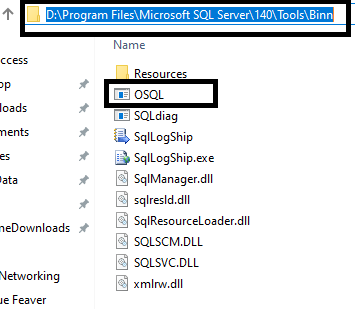Database stuck in Synchronized\Recovery Pending state.
I faced this issue in one of my client production environments . Databases are configured on AOAG. But one day one of the databases have gone into SYNCHRONIZED /RECOVERY PENDING state We tried to check the progress of this database in READERROR log of that particular database, in the error log it says 99% completed , after that there is no progress. At the same time we don't see any REDO Log Commit LSN or SEND LSN values under AOAG dash board. Dont remove the database from AOAG and re added AOAG again. Simply run the below command and it did the trick. USE master go ALTER DATABASE DatabseName SET ONLINE

